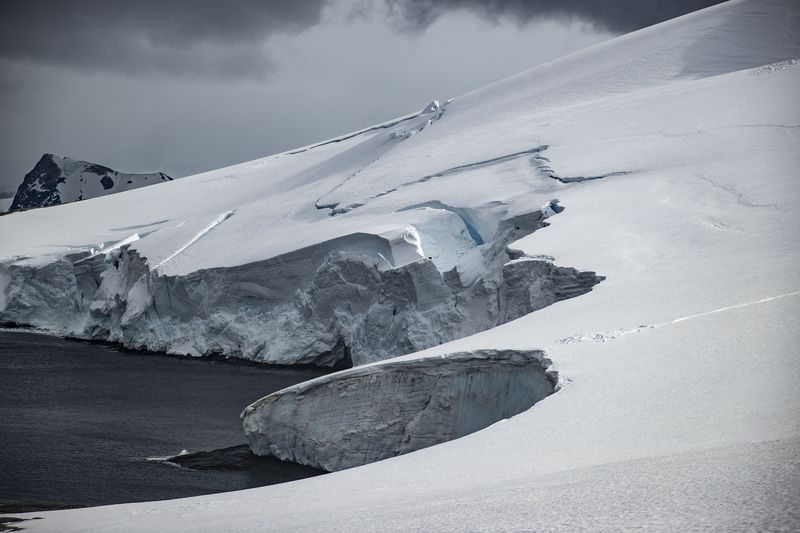STATEN ISLAND, N.Y. — Black carbon, a noxious byproduct of burning fossil fuels, is hastening snow melt in Antarctica, a study said, posing an increased threat to a delicate area already undergoing climate-caused changes.
The pollution, commonly known as soot, is primarily being fueled by an increase in tourism and the expansion of research facilities on the continent, researchers said, and is causing about one inch of snowpack to shrink each summer in its most-visited regions.
The research comes as the Antarctic ice sheets already undergo insidious melting spurred by climbing global temperatures — an effect of human-caused carbon emissions that is expected to continue in the coming decades, even if temperatures are stabilized.
“Our surveys show that black carbon content in snow surrounding research facilities and popular shore tourist-landing sites is considerably above background levels measured elsewhere in the continent,” said researchers. “Mechanisms to mitigate black carbon impacts are needed.”
Black carbon affects the snow’s albedo — the ability of a surface to reflect sunlight. Normally, Antartica operates like a large mirror that effectively reflects the sun’s rays; however, the dark particles of black carbon reduce that reflectivity and cause the snow to absorb sunlight instead of shed it.
As a result, more heat is trapped, causing temperature increases and cascading warming impacts.
The International Association of Antartica Tour Operators said around 74,000 people visited Antartica between 2019 and 2020, which represented a 32% increase from 2018 to 2019 and a more-than-two-fold hike from the total in 2010.
Most tourists arrive to Antartica by cruise vessels, which often land at sites the scientists tested for black carbon. Additionally, airplanes, diesel power plants, generators, helicopters and trucks are all sources of black carbon that can affect snow miles away after winds carry the particles.
While some of the pollution can be carried from other portions of the globe, Antartica generally has been minimally affected by this source, the study indicated. By comparison, the researchers estimated the average visitor may accelerate summer snowpack melting by 83 tons.
Scientists studying on the continent, meanwhile, are also contributing to black carbon totals, according to the research.
Some of the facilities used by scientists have “developed into logistical hubs” and are often “on or near the coast,” sharing the tourist shore landings and effectively working to increase pollutants in those areas.
“The intensive use of fuel-powered equipment at scientific stations makes the average snow losses attributable to each researcher” even more significant than tourists, the study found.
The findings, the researchers said, call for necessary changes to human activity in the region.
Article Credits: Silive.com
